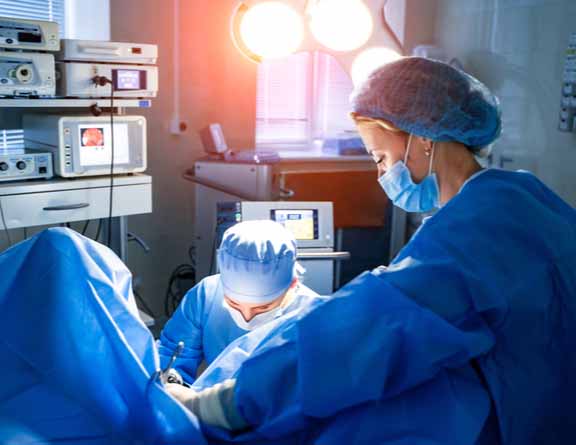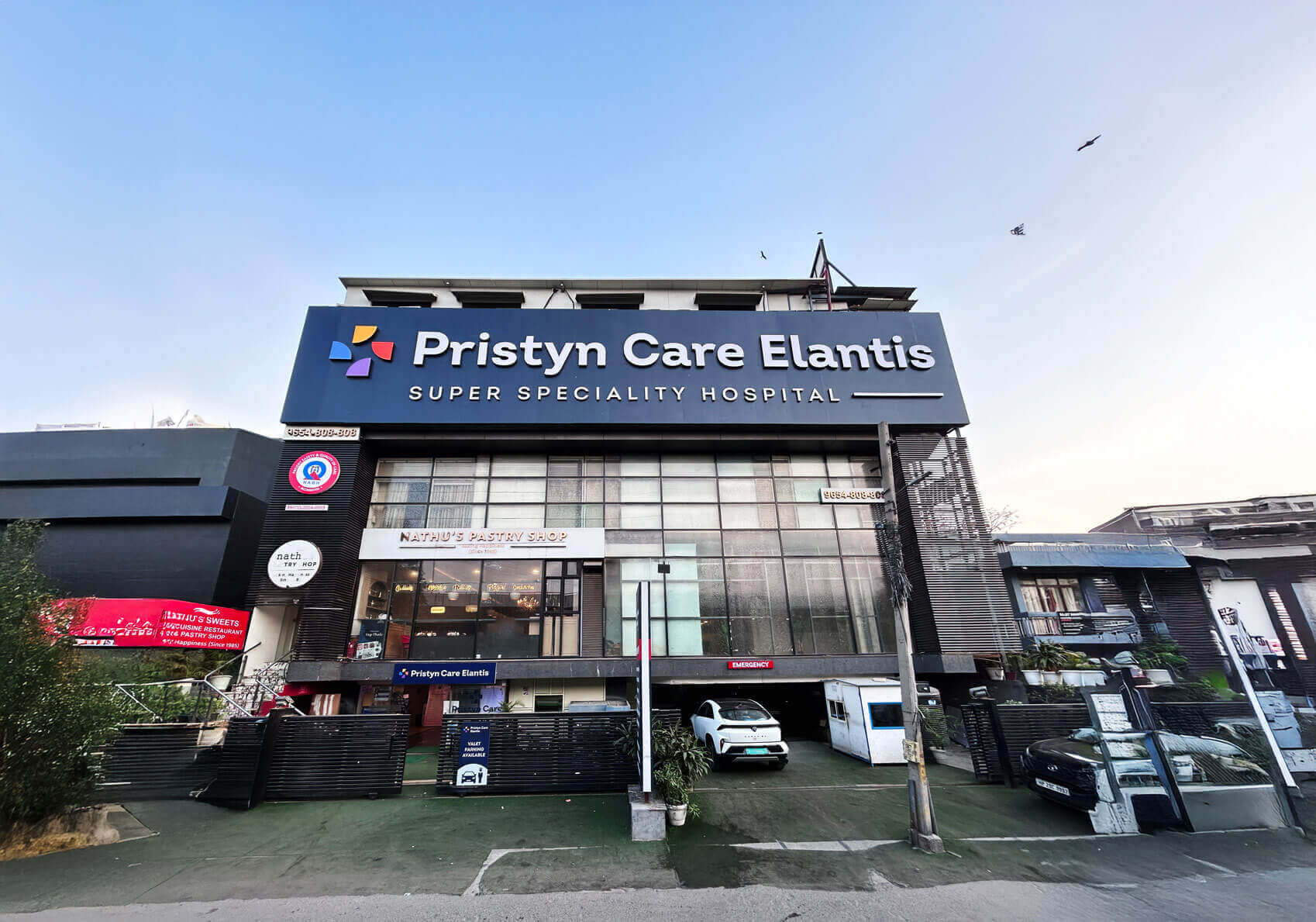
Delhi
USFDA Approved Procedures
Minimally invasive. Minimal pain*.
Insurance Paperwork Support
1 Day Procedure


Paediatric Oculoplasty Treatments Available
Pristyn Care in Delhi provides a range of advanced paediatric eyelid correction treatments, focusing on improving both the function and appearance of children’s eyes.
Orbitotomy is a procedure aimed at treating issues within the bony socket around the eye, also known as the orbit. This surgery can be essential when dealing with conditions like eye tumours or orbital fractures. By making a small incision, the surgeon can carefully access the orbit to remove any abnormal growths or repair fractures, thus ensuring better eye health and preventing potential vision problems. The procedure is generally executed with precision and care, focusing on preserving the delicate structures that support normal eye function.
Eye lid repair or reconstruction involves correcting eyelid issues such as droopy eyelids (ptosis) or eyelid malformations. This procedure is crucial for improving not just appearance but also vision if the eyelids obstruct sight. Surgeons typically focus on repairing or restructuring the eyelid to ensure it functions correctly and looks natural. These corrections are vital for preventing long-term vision issues and enhancing a child’s quality of life by allowing them to see clearly and comfortably.
Dacryocystorhinostomy (DCR) is a procedure used to treat blocked tear ducts, which can lead to excessive tearing or recurrent infections in children. During the surgery, the surgeon creates a new drainage pathway for tears, allowing them to flow from the eyes into the nose, bypassing the blocked duct. This helps relieve symptoms and prevents repeated eye infections, which can disrupt a child’s daily activities.
Ptosis surgery corrects drooping eyelids by adjusting the muscle responsible for lifting the eyelid. This condition can be present from birth or result from injury, impacting a child’s vision if untreated. The surgery typically involves tightening or reattaching the levator muscle to lift the eyelid into its proper position. By doing so, it not only enhances appearance but crucially improves vision, allowing children to see without obstruction.
Stenting and probing are minimally invasive techniques used primarily for addressing tear duct obstructions in children. During this procedure, a tiny probe is gently inserted into the tear duct to clear any blockages, sometimes followed by placing a small stent to help keep the duct open. These methods are often used when simpler non-surgical treatments have not been successful.


 NABH
NABH
Pristyn Care Elantis is dedicated to revolutionising surgical care. We combine the latest medical technology with highly skilled professionals and a patient-centric approach to transform the healthcare experience. Our team of doctors at Pristyn Care Elantis, strives to simplify the entire patient journey, ensuring a seamless process from diagnosis through recovery.
We offer specialised treatments across a wide range of medical fields, including proctology, laparoscopic surgery, ENT (ear, nose, and throat), vascular, gynaecology, urology, aesthetics, orthopaedics, ophthalmology, and weight loss solutions.
The Suites & Rooms at Pristyn Care Elantis are designed with your comfort in mind, offering a welcoming ambiance and top-notch amenities to make your stay as pleasant as possible.
Our highly skilled medical team, supported by advanced infrastructure, makes us a trusted choice for comprehensive healthcare solutions.
...Read More
Delivering Seamless Surgical Experience in India
Your safety is taken care of by thermal screening, social distancing, sanitized clinics and hospital rooms, sterilized surgical equipment and mandatory PPE kits during surgery.
A dedicated Care Coordinator assists you throughout the surgery journey from insurance paperwork, to free commute from home to hospital & back and admission-discharge process at the hospital.
Our surgeons spend a lot of time with you to diagnose your condition. You are assisted in all pre-surgery medical diagnostics. We offer advanced laser and laparoscopic surgical treatment. Our procedures are USFDA approved.
We offer free follow-up consultations and instructions including dietary tips as well as exercises to every patient to ensure they have a smooth recovery to their daily routines.
Paediatric oculoplasty is a special type of surgery that helps fix eye and eyelid issues in children. It combines eye care with plastic surgery to improve vision and appearance.
Children’s oculoplastic surgery is important when children have problems like droopy eyelids (known as ptosis), squints, or birth-related eye issues that may affect how they see and look.
Paediatric orbital surgery treats things like droopy eyelids from birth (congenital ptosis), squints, blocked tear ducts, and eyelids that are not positioned correctly.
Yes, doctors use general anaesthesia to ensure that children feel no pain during the procedure.
Recovery is usually swift, and most children can go home the same day after their surgery.
Many insurance policies do cover paediatric eyelid correction and similar surgeries, so it’s a good idea to check with your insurance provider.
Like any surgery, there are some risks, including infection, bleeding, or scarring.
The results of children’s oculoplastic surgery are typically long-lasting, especially for conditions like ptosis or squints, though some children may need further treatment or adjustments as they grow.
Paediatric oculoplasty treatment is a specialised surgery for children that targets the eyes and surrounding areas. Here are some criteria that determine if your child is eligible for paediatric orbital surgery:
Before proceeding with paediatric eyelid correction, doctors conduct initial examinations to determine eligibility:
Paediatric oculoplasty procedures vary depending on what needs correction. Here are the steps involved in children’s oculoplastic surgery:
Getting ready for paediatric orbital surgery involves several important steps:
After children’s oculoplastic surgery, it is important to provide careful attention to ensure a smooth recovery. Here’s what you can do:
Following these steps will help ensure your child’s recovery is as smooth and quick as possible.